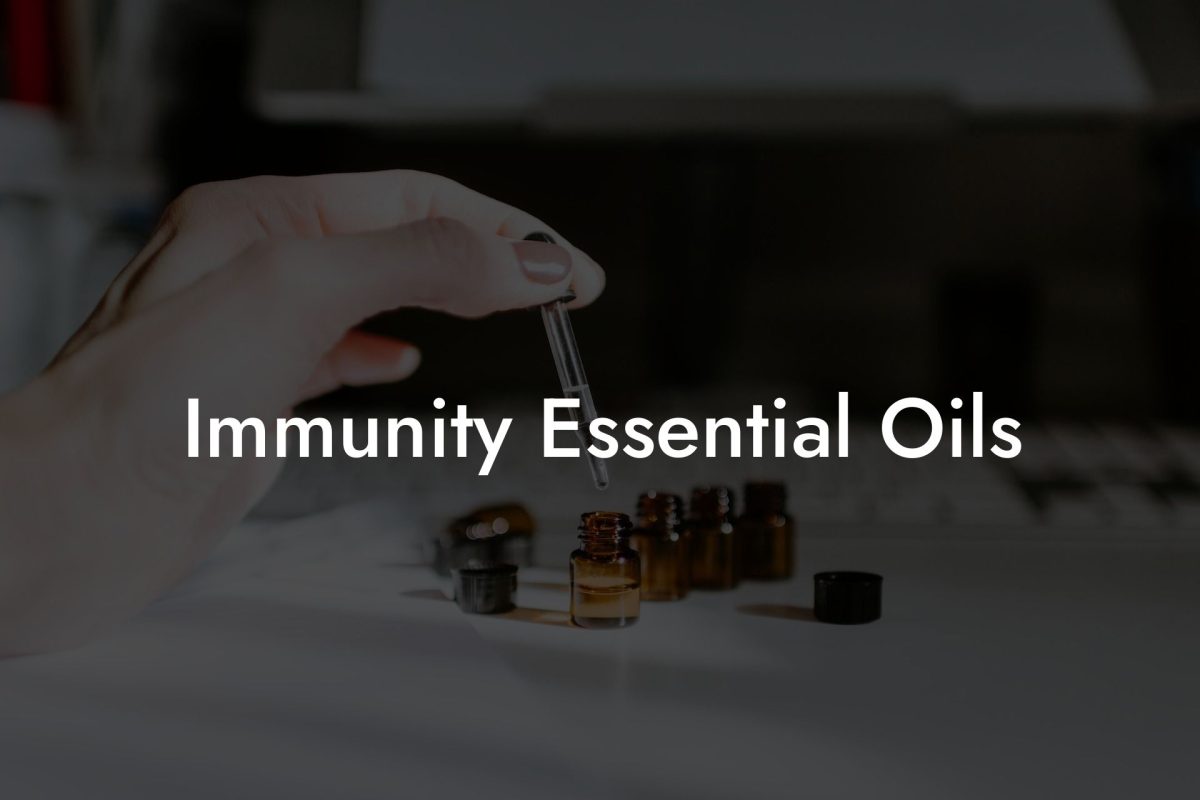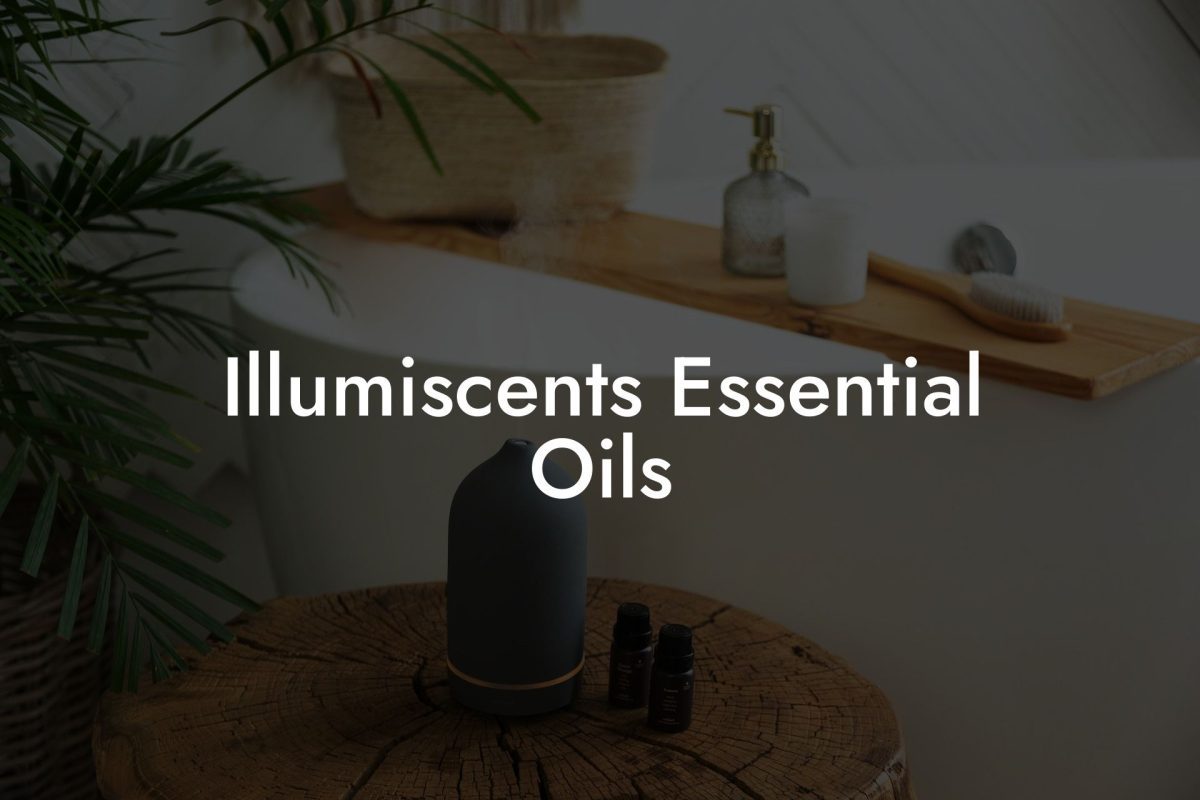As modern medicine continues to evolve, we are constantly searching for natural alternatives to support our health and well-being. One such area of interest is the use of essential oils for their natural antibiotic properties. In this article, we will explore the benefits of using essential oils as an alternative to conventional antibiotics, discuss which essential oils are most effective, and provide you with a realistic example of how to create a blend for everyday use.
Table of Contents
Why Use Essential Oils as Natural Antibiotics?
As concerns about antibiotic resistance grow, many people are looking for more natural and sustainable ways to combat bacterial infections. Essential oils, derived from various plants, are packed with powerful, naturally occurring compounds that have been used for centuries to maintain a strong immune system. Some key attributes essential oils possess are:
- Antibacterial: Some essential oils have been shown to be effective in fighting off a variety of common bacterial strains.
- Antifungal: Many essential oils have antifungal properties, making them useful in combating fungal infections such as candida.
- Anti-inflammatory: The anti-inflammatory properties of essential oils can help soothe swollen and irritated tissues, promoting faster healing and reducing pain.
Top Essential Oils with Antibiotic Properties
While there are many essential oils that possess antibiotic properties, the following are among the most effective in fighting bacterial infections:
1. Tea Tree Oil
Tea tree oil, derived from the leaves of the Melaleuca alternifolia plant, is a potent antibiotic and antifungal oil. Studies have shown it is effective against several strains of bacteria, such as Staphylococcus and E. coli, as well as fungi, like Candida.
2. Eucalyptus Oil
Eucalyptus oil has powerful antibacterial and antiviral properties. It’s particularly effective for treating respiratory infections, like bronchitis and sinusitis, when used in a diffuser or via steam inhalation.
3. Oregano Oil
Oregano oil has a long history of use for its antibacterial and antifungal properties. It’s particularly potent against bacteria such as Salmonella and E. coli, as well as being helpful in combating fungal infections like athlete’s foot.
4. Lavender Oil
Not only is lavender oil well-known for its calming and relaxation properties, but it also possesses antibacterial and antimicrobial properties. It’s effective against various bacterial strains, and when applied topically, can help soothe and heal skin irritations.
5. Peppermint Oil
Peppermint oil is another essential oil with strong antibacterial properties. In addition to fighting off bacteria, it also has antifungal, antiviral, and anti-inflammatory properties, making it a powerful natural remedy for various ailments.
Essential Oils For Antibiotics Example:
To create your own natural antibiotic blend, you can combine several of the essential oils mentioned above. Follow this simple recipe to prepare an essential oil blend that can help support your immune system and fight off bacterial infections:
- 4 drops Tea Tree Oil
- 4 drops Eucalyptus Oil
- 3 drops Oregano Oil
- 2 drops Lavender Oil
Mix the essential oils together in a small glass container. To use, dilute a few drops of the blend with a carrier oil (such as coconut or jojoba oil) and rub onto the affected area. For respiratory issues, add 3-4 drops of the blend to a diffuser or a bowl of hot water to inhale the steam. Always perform a patch test on a small area of skin before using this blend topically to ensure no irritation occurs.
It’s clear that essential oils have the potential to provide a natural and effective alternative to conventional antibiotics. By understanding the properties of different oils and learning how to create your own blends, you can harness their healing power and promote a healthier, more balanced lifestyle. If you found this article helpful, please share it with your friends and family, and be sure to explore other guides and essential oil products from Oshu Oils. Together, we can embrace the power of aromacology and create a healthier, more natural world.





















